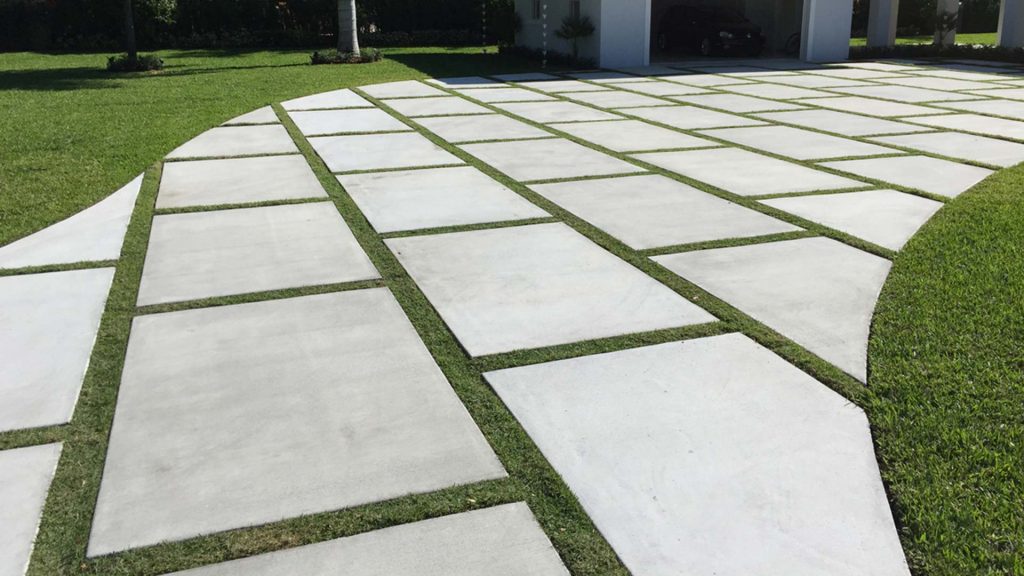Slabs are usually used to create a flat surface in buildings, parking lots, bridges, etc. There are so many types of concrete slabs used in the construction industry. In this article, there are different types of concrete slabs that you can find suitable to use on a large ground.
Hallow Core Concrete Slabs
They are also known as Hallow Ribbed Core Concrete Slabs. These slabs have cores or voids in their units. The voids have the following significance;
- They can serve as ducts
- Reduces the slab’s weight
- Improves structural efficiency
- Minimizes concrete used
The main factor that makes these slabs admirable is that you have total freedom in terms of length units. They are best used where there is an existing construction because they are pre-cast.
Advantages of Using Hallow Core Concrete Slabs
- Easy to use and install
- Drilling through the concrete slab is unnecessary
- Good sound insulator
- It is fire resistant
- Reduces cost
- Minimizes the structure’s overall weight
- Requires less labor
Disadvantages of Hallow Core Concrete Slabs
- It is fragile and can easily damage if not handled with care
- Uneconomical in small spans
- Difficult to repair
The Flat concrete Slabs: Contribution by: proshotcretesydney.com
These types of concrete slabs are also known as beamless slabs. They are usually reinforced or supported by concrete columns also known as caps. In this particular construction, the results look like a plain ceiling. Which from an architectural perspective they appear very attractive. Click here for more type of concrete slab.
The plain ceiling blends well in the light. It is considered safe in case of a fire outbreak when compared to other beam slab techniques. Flat concrete slabs are easy to construct and need less formwork.
Uses of Flat concrete slabs
- To achieve a plain ceiling and good diffusion of light
- To economize the constructability in terms of formwork
- Used in parking lots, hotels, commercial buildings, and where beamless slabs are required.
Conventional Concrete Slabs
Conventional slabs are the ones that are supported using beams and columns. Here the thickness of the slab is lower compared to the depth of the beam. This leads to the loads being transferred to the beam then later to the columns. Unlike flat slabs, conventional concrete slabs need a lot of formwork.
These beam concrete pool slabs are usually square with a length of four meters. Conventional slabs are further divided into two according to the length and breadth they are;
- One-way slabs – these slabs are supported by two beams on each opposite side
- Two-way slab – these slabs are supported by four beams on both sides
Arched Concrete slabs
These types of concrete slabs are mostly used in the bridge construction industry. Bridges are subject to two different types of mobile loads. They include the wind and vehicle load.
To redirect the wind load, arched slabs come in very handy. They make the bridge more resistant to the wind which can take it down.
Back in the days, arched slabs were made from stones and bricks. Presently, these slabs are made of reinforced steel and concrete. These new materials make the elongation of bridges with lower spans possible.
Conclusion
In general, contractors prefer using concrete slabs because they are easy to install and time-bound. They are easy to maintain and suitable for all types of soil.



